Ten Native Plants for Your Garden in Westminster, CO
The Place of Indigenous Plants in Your Westminster Garden
Westminster, Colorado residents are discovering the charm and advantages of native plant landscaping—and for good reason. The city sees an average of just 14 to as much as 15.5 inches of precipitation every year, so water-conserving gardening is more critical than ever. With frost dates normally between May 11 and October 4, the local growing season is short, and the area needs plants that will thrive under certain conditions.
Native plants are about gardening with nature, not against. The plants are already attuned to the area's semi-dry climate and soils, as well as changing temperatures. Beyond being practical, native plants also provide an essential service to the local pollinators such as bees, butterflies, and hummingbirds, and cost very little in terms of water, fertilizers, or pesticides.
In the following guide, you'll find the best 10 native plants for Westminster, Colorado, and how to choose and care for them in your garden.
Why use native plants in Westminster, CO?
Native Plants Support Local Ecosystems
Native vegetation has co-evolved along with native animals and the local climate. Being in your garden supports native animals and the environment with vital food and habitat for:
- Native bees and pollinators
- Butterflies and moths
- Songbirds and other animals
By contrast, non-native species can upset local food webs or become invasive.
They are well suited to local conditions
Westminster's low-rainfall, hot climate is challenging for most ornamental species. It is suitable for native plants since they are adapted to the area.
- Water efficiency: Indigenous species are resistant to drought and grow well on rainfall.
- Low maintenance: Native plants do not require supplemental fertilization or watering once planted.
- Resistant habitats: These plants are resistant to local diseases, pests, and extreme weather conditions.
How to Find the Proper Native Plants for Your Garden
Prior to choosing plants, you should consider the conditions within your garden. Different native species do not survive equally well in the same microenvironments. The considerations are as follows:
Key Factors for Plant Selection
- Soil Type: Is the soil clay-heavy, loamy, or sandy?
- Sunlight Exposure: Full sun, partial sun, or shade?
- Moisture Availability: Are there wet areas, dry areas, or irrigated areas?
- Seasonal Interest: Use a mix of bloom times and different foliage textures.
- Growth Habits: Select plants that are suitable to your space without being invasive or unmanageable.
Top 10 Indigenous Plants in Westminster, Colorado
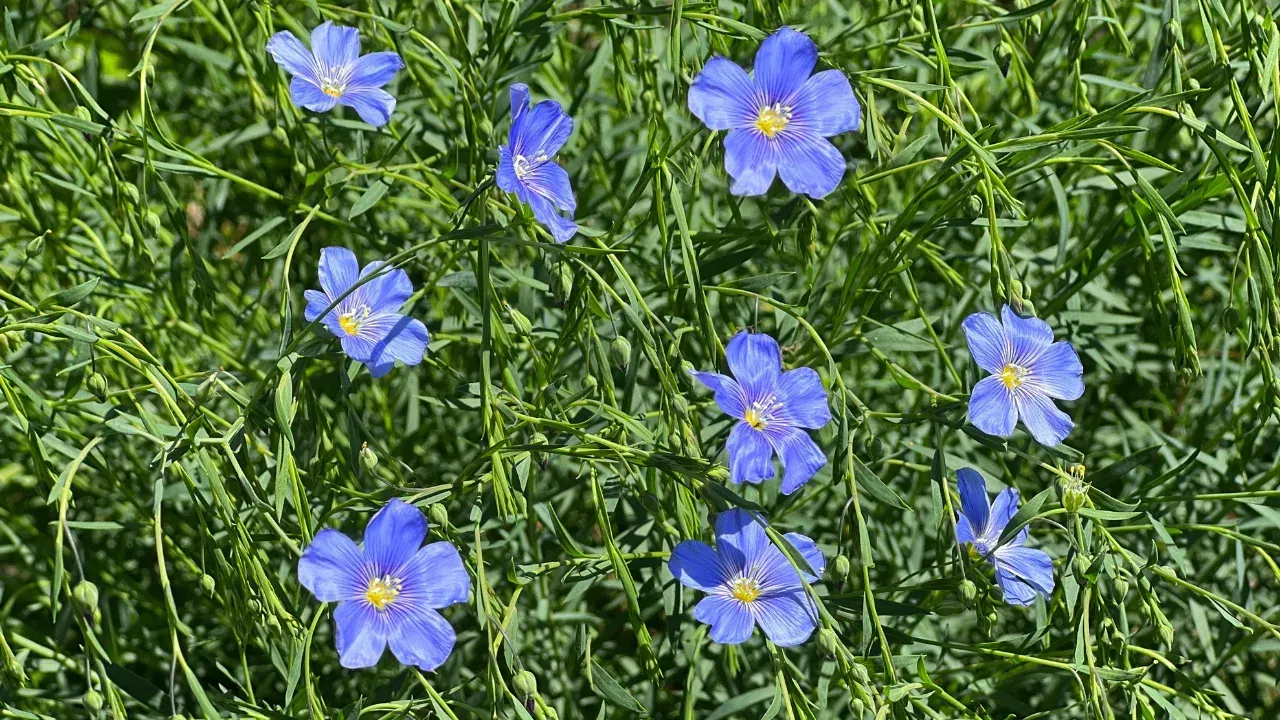
Blue Flax (Linum lewisii)
Provides: Sky-blue flowers during late spring and early summer.
Requirements: Well-drained soils, full sun.
Advantages: Pollinator friendly and superb for borders or wildflower blends.
Rocky Mountain Penstemon (Penstemon strictus)
What it provides: Beautiful spikes of purple-blue blooms.
Conditions: Full sun, sandy or gravelly soils.
Benefits: Adored by hummingbirds. Very long flowering period with little maintenance.
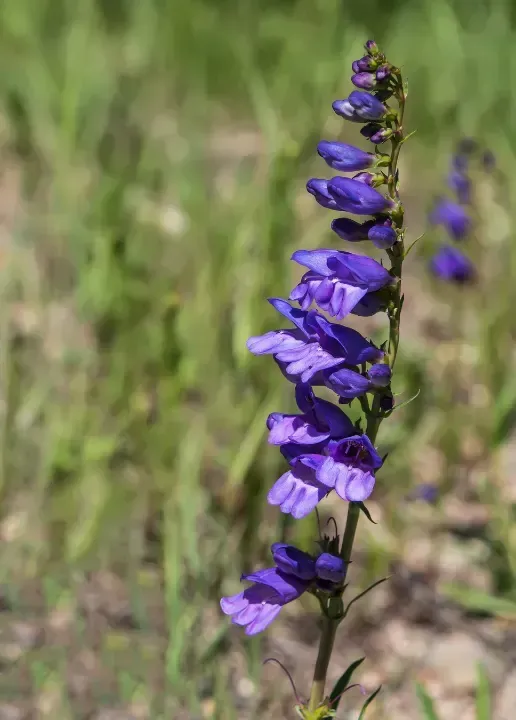
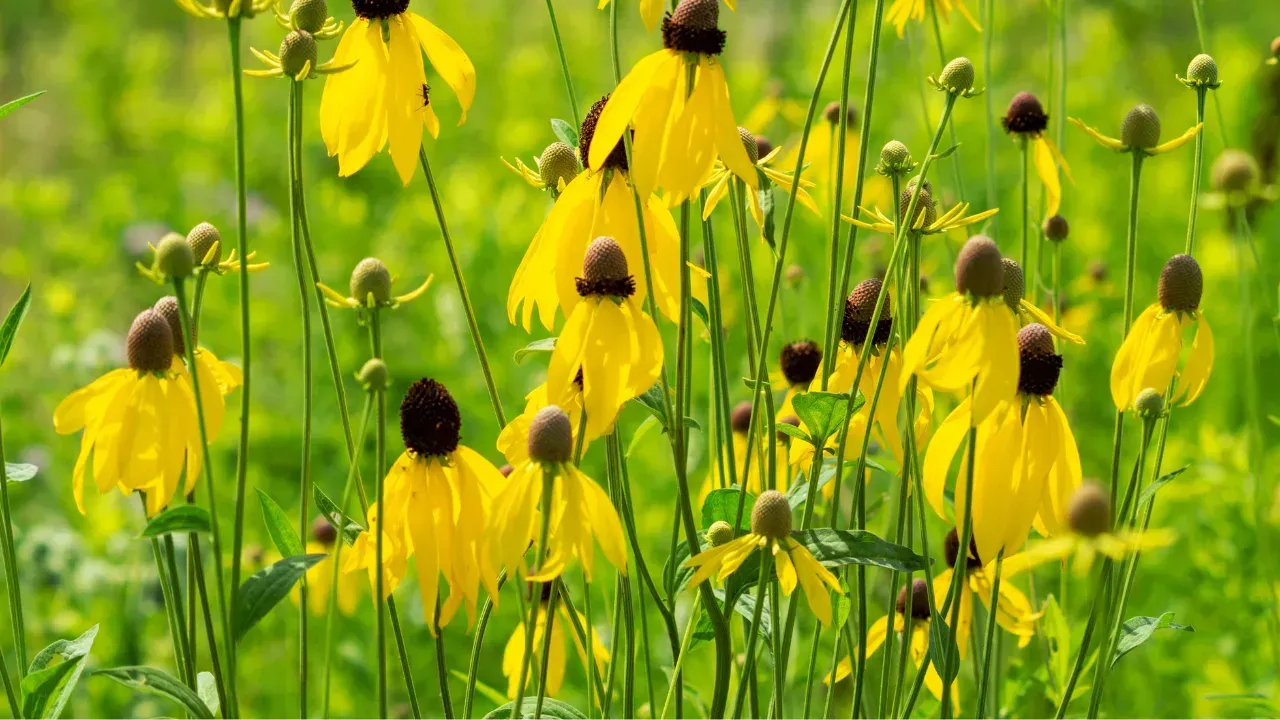
Prairie Coneflower (Ratibida columnifera)
What it provides: Dark-colored red or yellowish petals encircling the black terminal cone.
Soil conditions: Dry soil, full sun.
Benefits: Attract pollinators, provides bright color and texture.
Golden Currant (Ribes aureum)
What it provides: Clusters of yellow, fragrant flowers followed by berry-like edible fruits.
Conditions: Will tolerate sun or shade, but prefers moderate moisture.
Benefits: It supports wildlife and offers spring nectar to early pollinators.
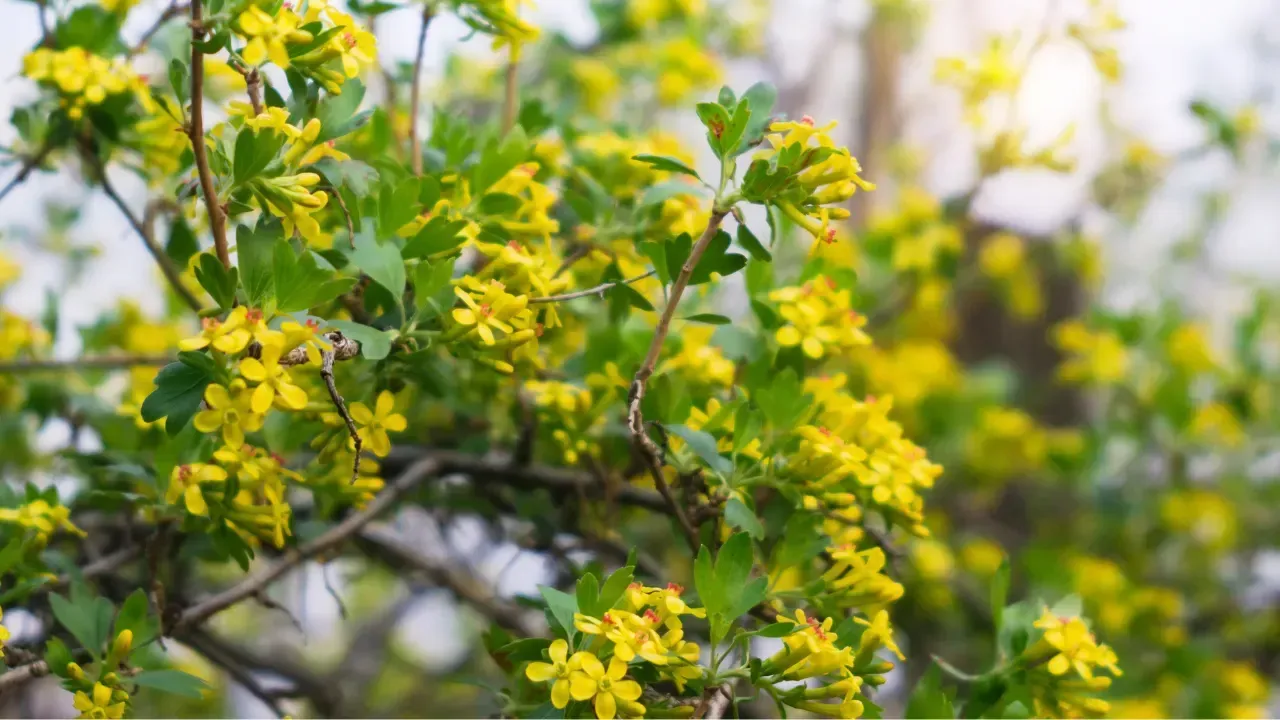
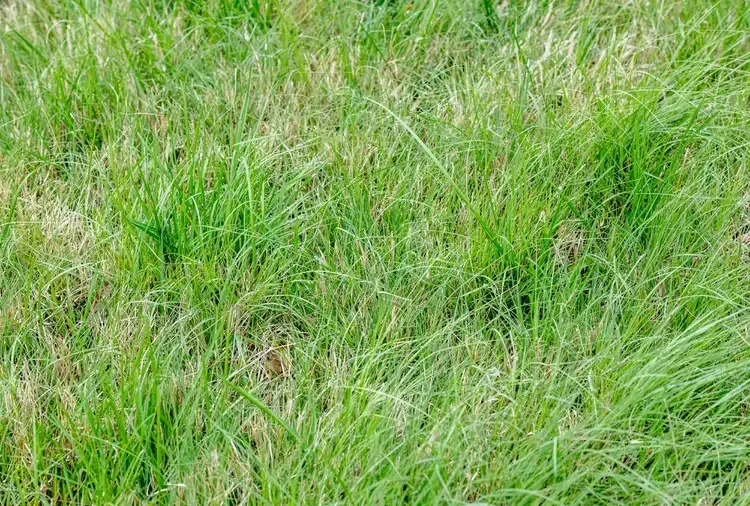
Buffalo Grass (Buchloe dactyloides)
Features: Fine, soft texture turf grass; summer green to tan in the winter.
Conditions: Full sun; well-suited to clay soils.
Advantages: Extremely low-maintenance lawn substitute, does not need mowing once established.
Western Yarrow (Achillea millefolium)
It provides: Flat-topped white flowers and feathery, fragrant foliage.
Conditions: Dry, sun-drenched areas. It does well on poor soil.
Benefits: Draws butterflies and has medicinal uses.
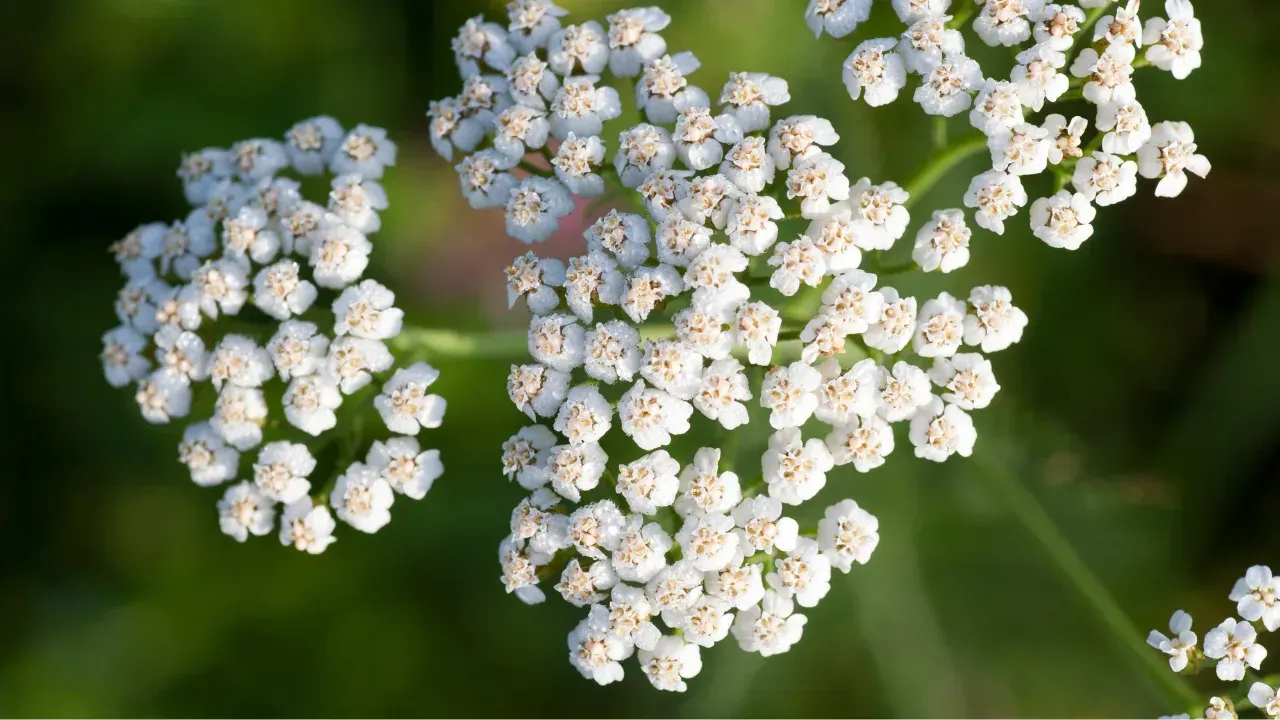
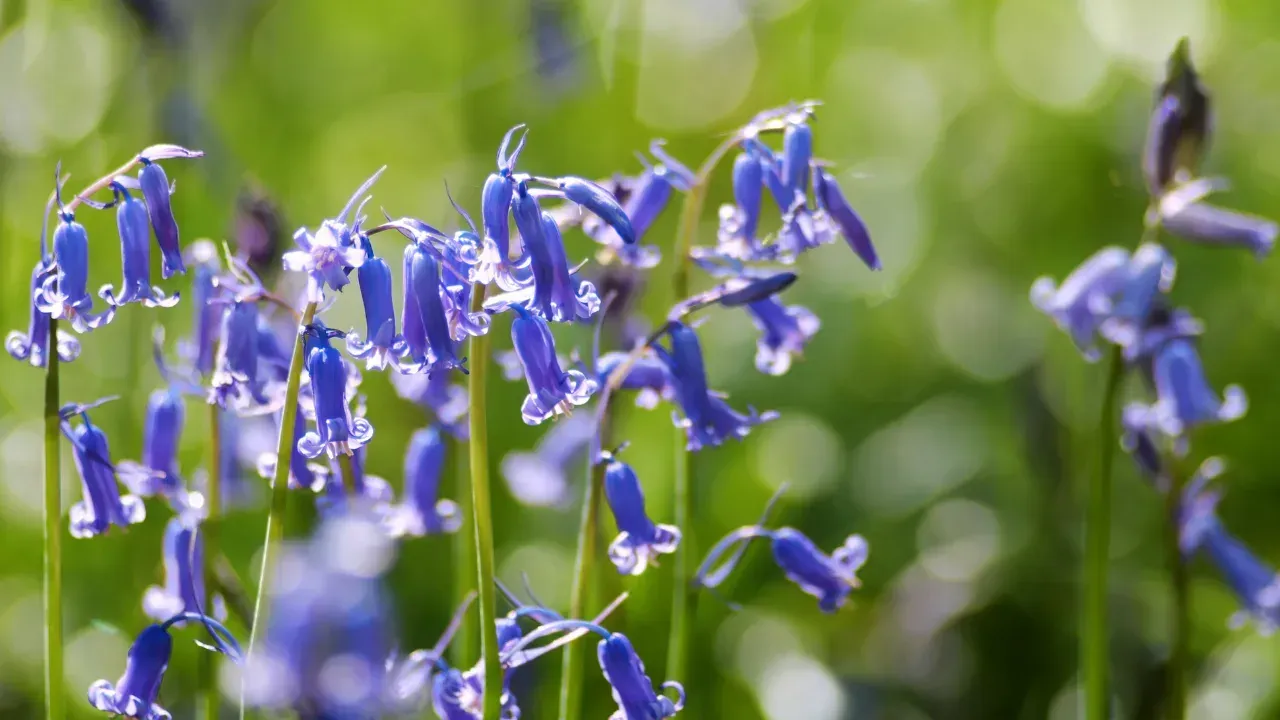
Common Bluebell (Mertensia ciliata)
What it provides: Dainty blue bell-like flowers in wet areas.
Conditions: Prefers shady, wet places—ideal for planting along streams or in shade gardens.
Benefits: Offers early-season nectar and garden shade interest.
Silver Sage (Salvia argentea)
It provides: Softly velvety silver leaf and white, upright stalks of flowers.
Conditions: Full sun and dry well-drained soil.
Advantages: Attractive fall color, drought resistance, and deer-resistant.
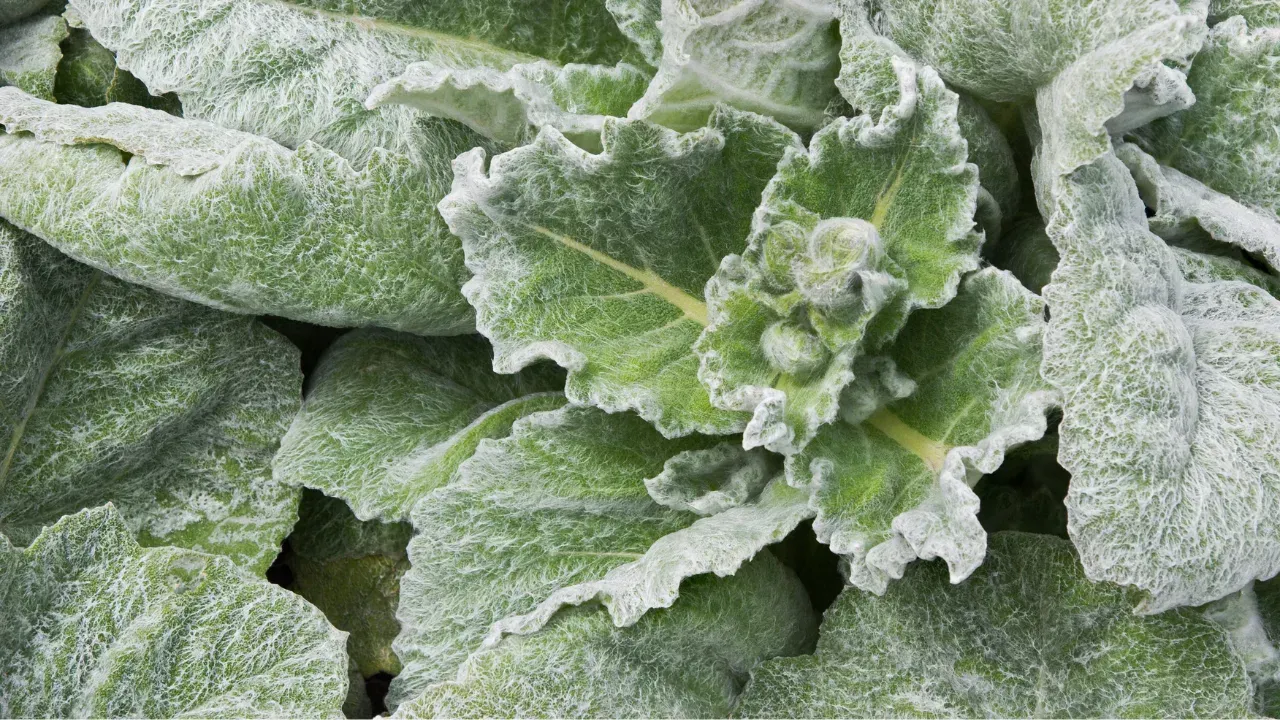
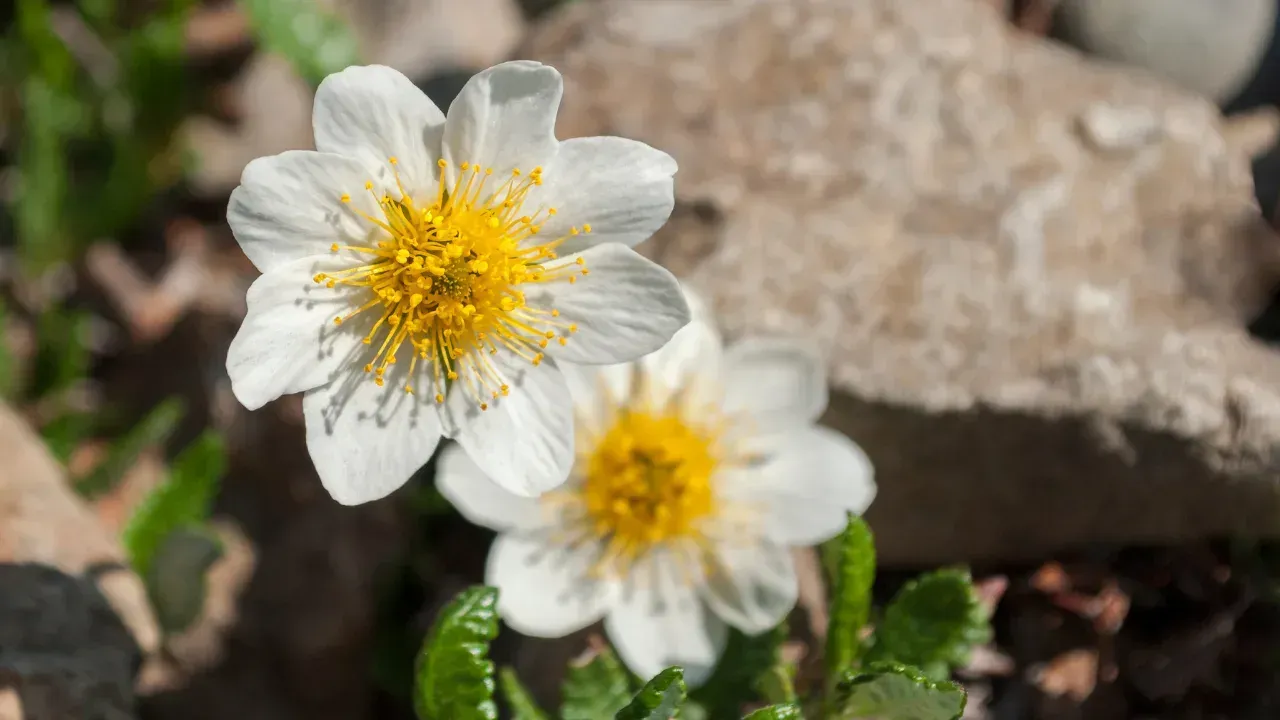
Mountain Avens (Geum rossii)
What it provides: Low-growing green mats with small yellow flowers.
Conditions: Alpine settings, well-drained slopes, or rock gardens.
Benefits: It is superb at erosion control and provides ground-level texture.
Indian Paintbrush (Castilleja integra)
What it provides: Showy red-orange bracts that illuminate the landscape.
Habitats: Sunny, dry places. It needs to grow in association with host plants like grass because it is hemiparasitic.
Benefit: Iconic wildflower species that sustains varied ecosystems and provides vibrant color.

Tips For Planting and Caring for Native Flora
When to Plant:
Mid-to-late May is best in the area of Westminster.
Optimal performance: Plant autumn or spring to provide time for the establishment of the roots prior to inclement weather.
Care and Watering:
First watering: Keep the soil continuously moist during the initial growing season.
Long-term care: After establishment, the majority of natives survive on rainfall only.
Mulching: Mulch to hold moisture and prevent weeds.
Promoting Local Wildlife:
Plant variety: Cultivate an assortment of bloom times and species.
Steer clear of pesticides: Pesticides kill beneficial bugs.
Leave seedheads: Allow plants to go to seed for birds and for self-sowing.
Get the Garden Started with Indigenous Plants
Designing a native plant garden in Westminster, Colorado, is an engaging project that resonates with nature, is water-efficient, and preserves local biodiversity. Using the proper plants in the proper spots, your garden can thrive with less effort and greater reward.
Check at local nurseries or contact the Colorado Native Plant Society or Colorado State University Extension to obtain these species and receive personalized planting advice relevant to where we live. As always, reach out to Westminster Landscaping for any questions or advice to make your garden the best it can be!